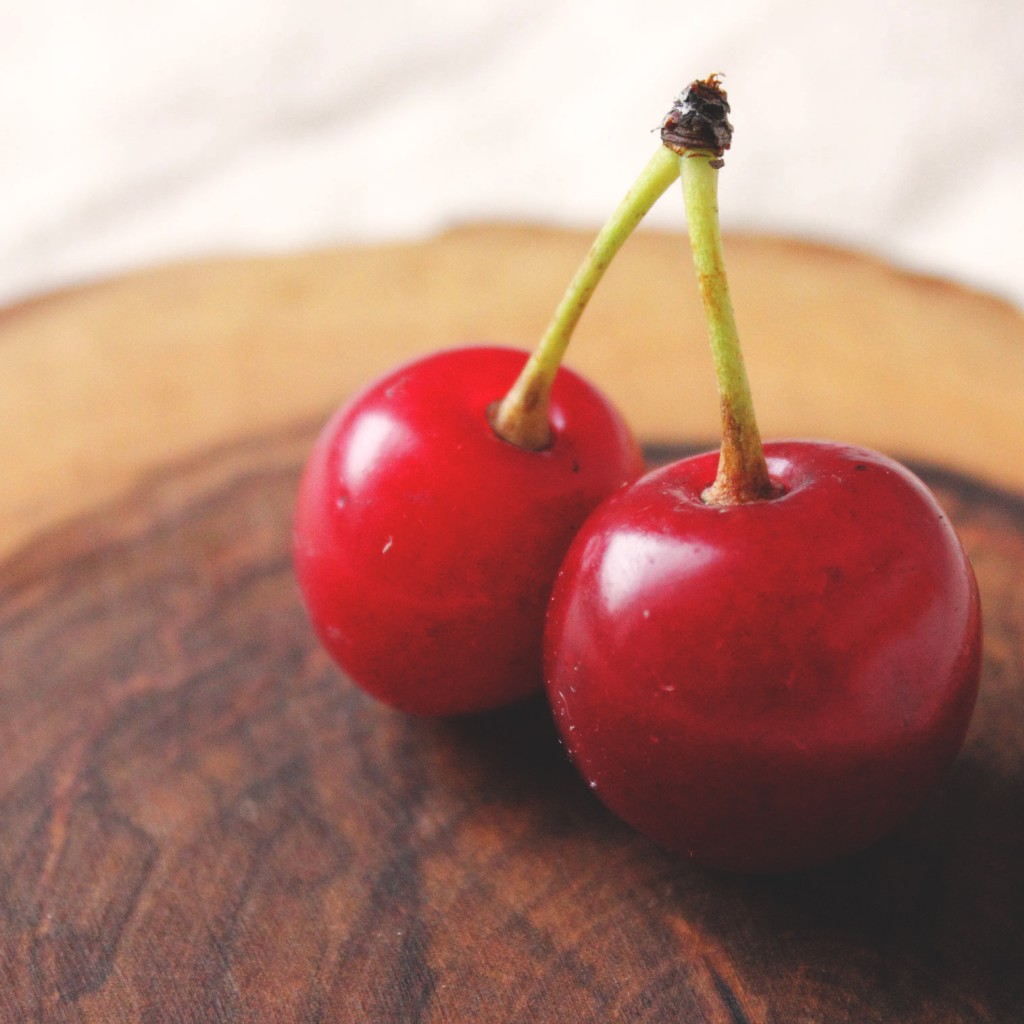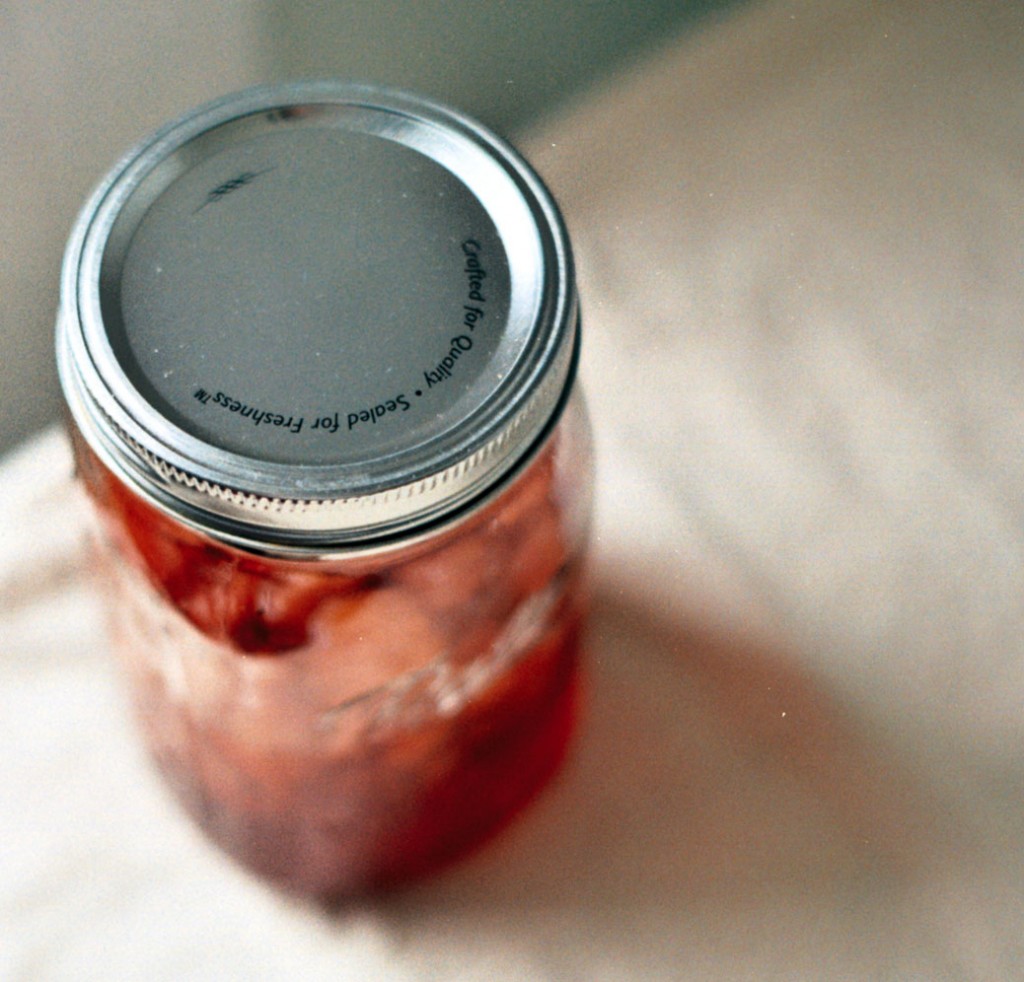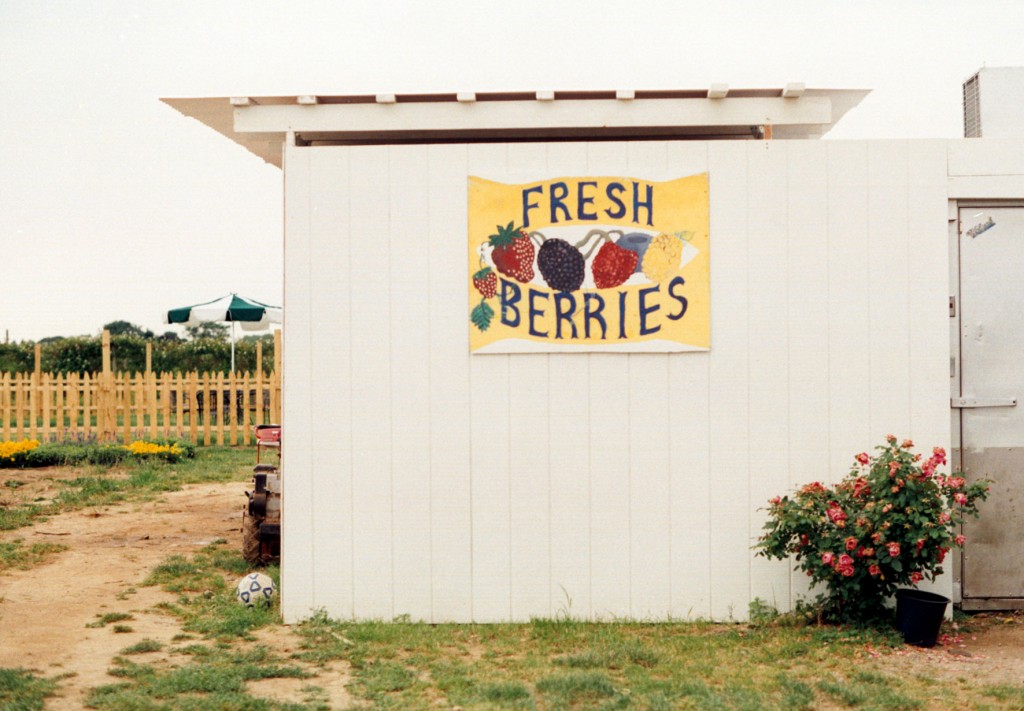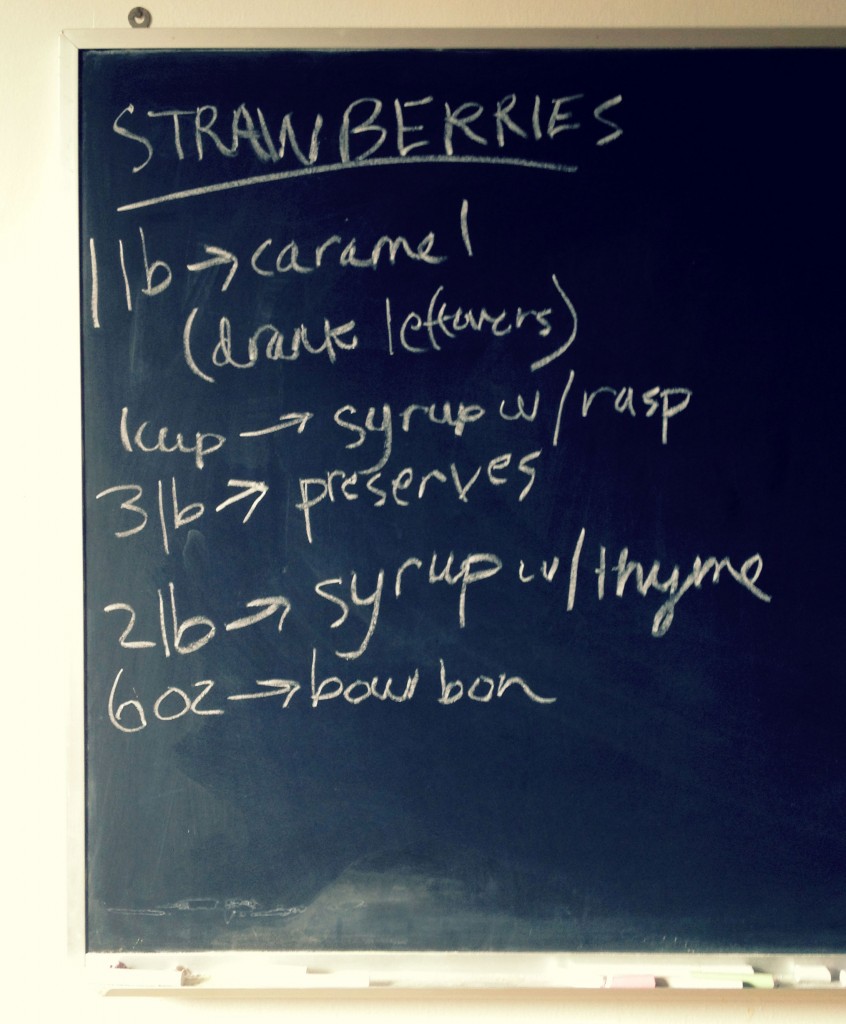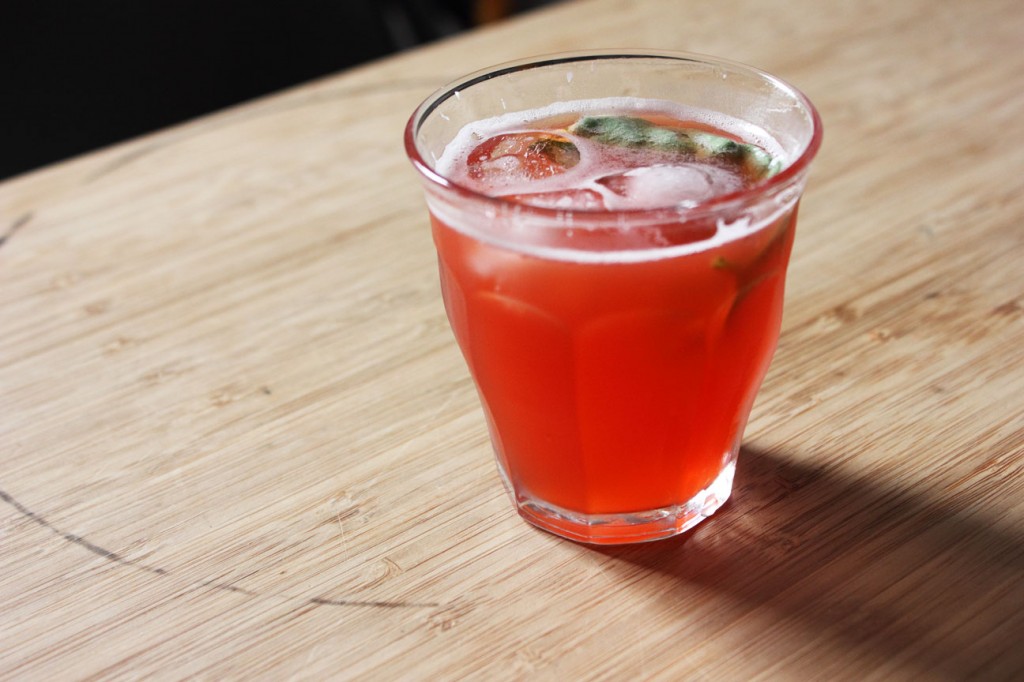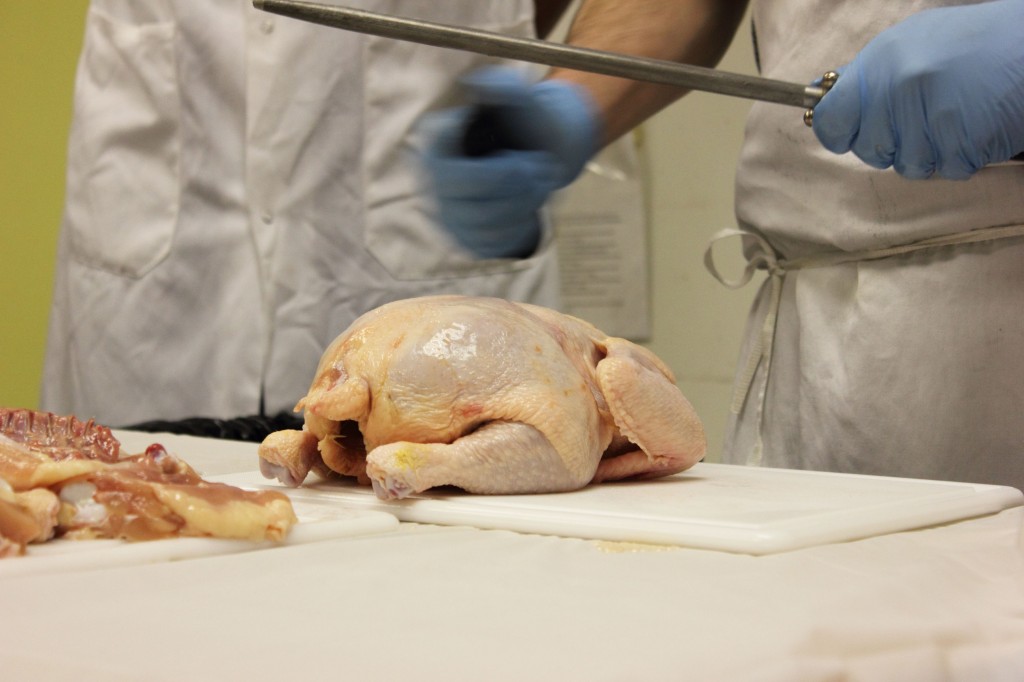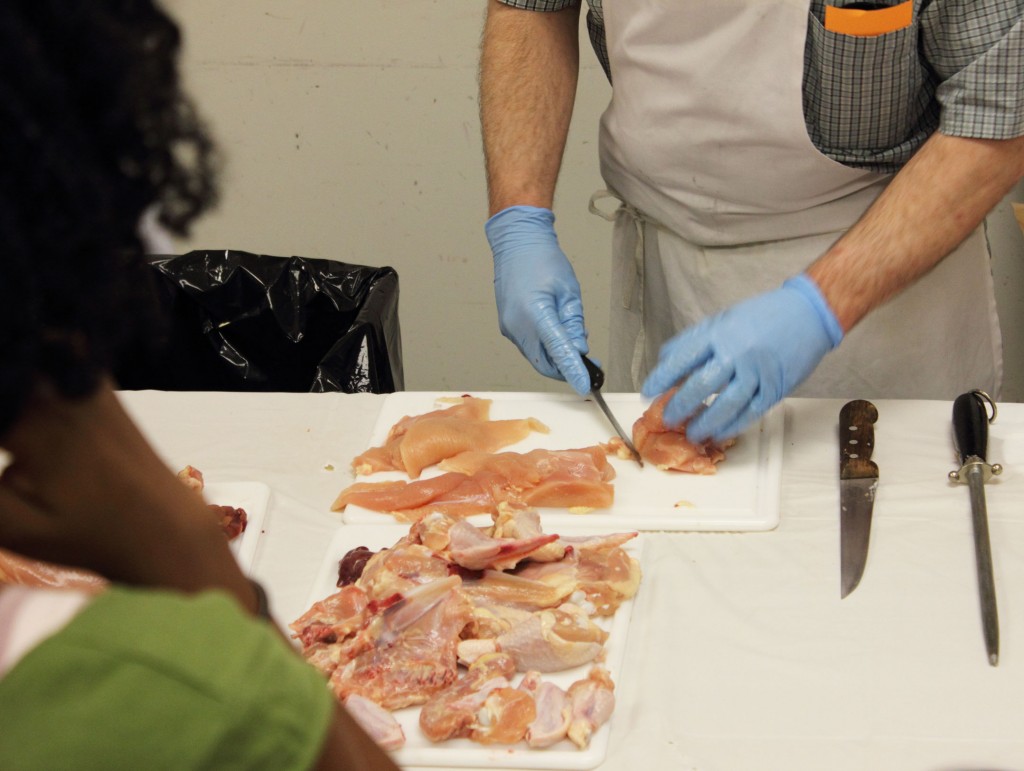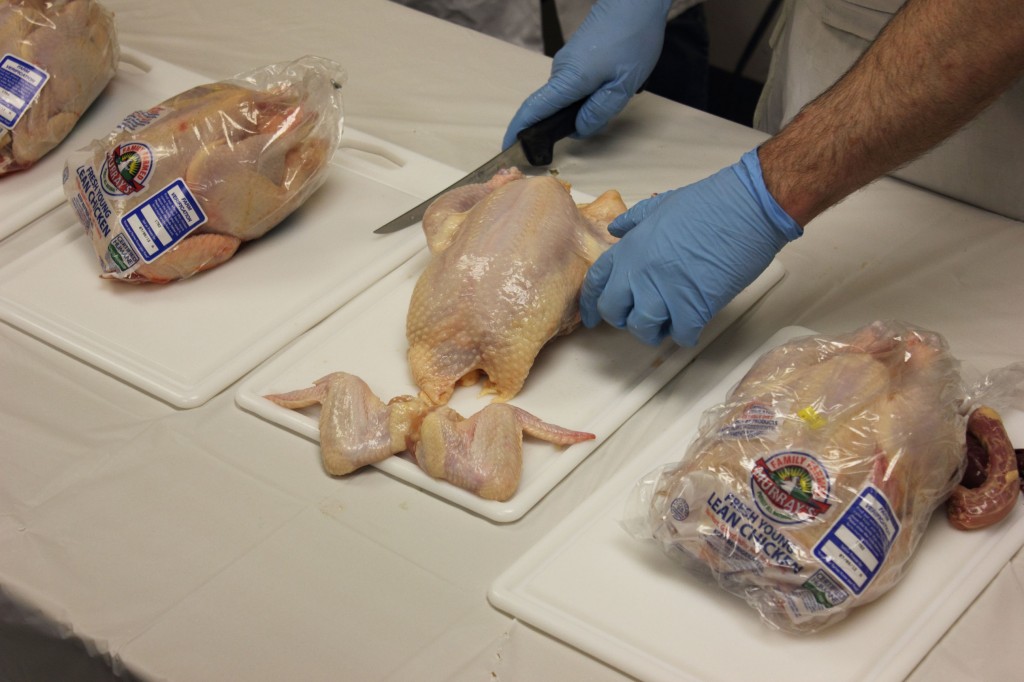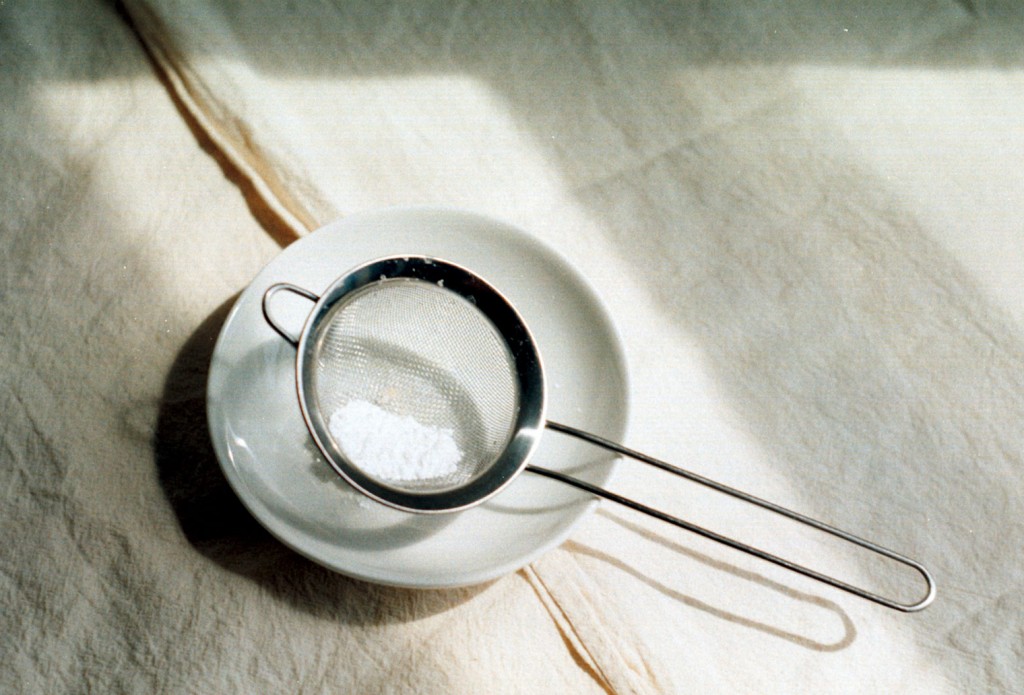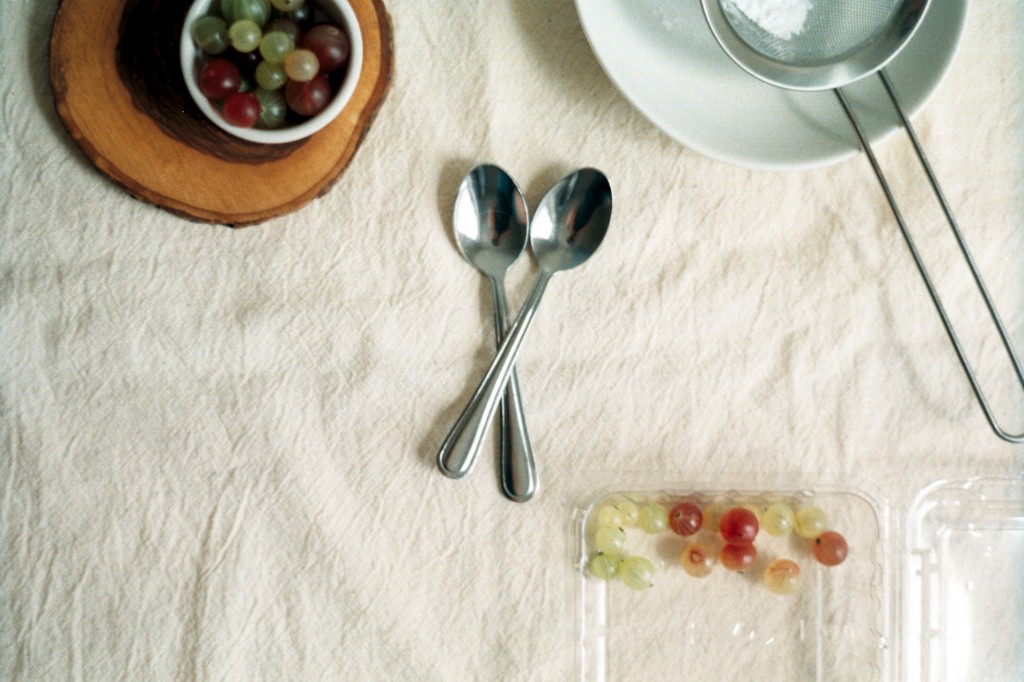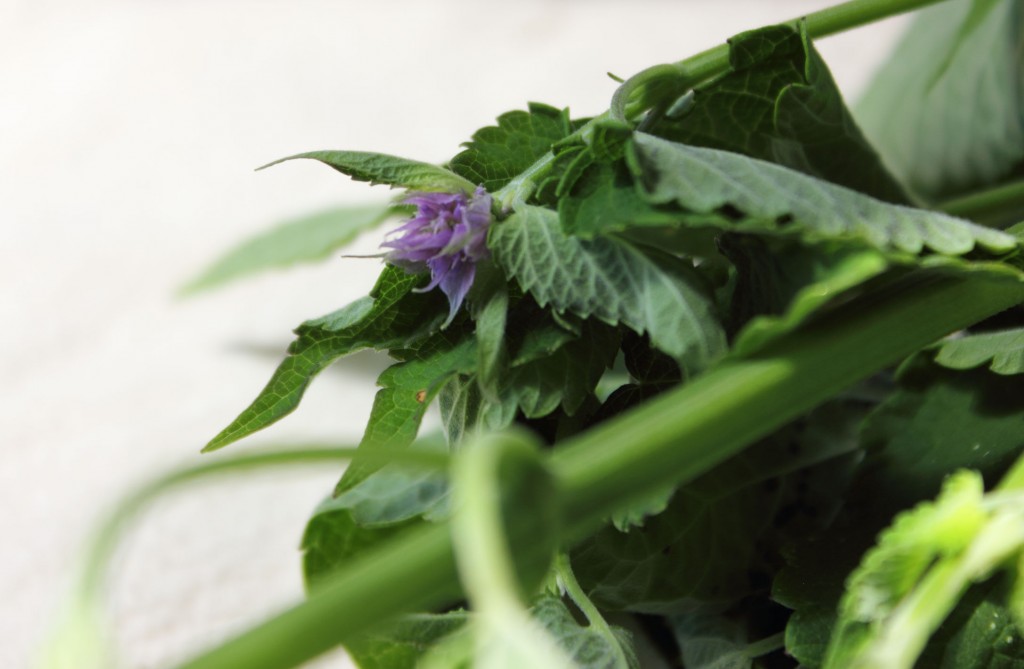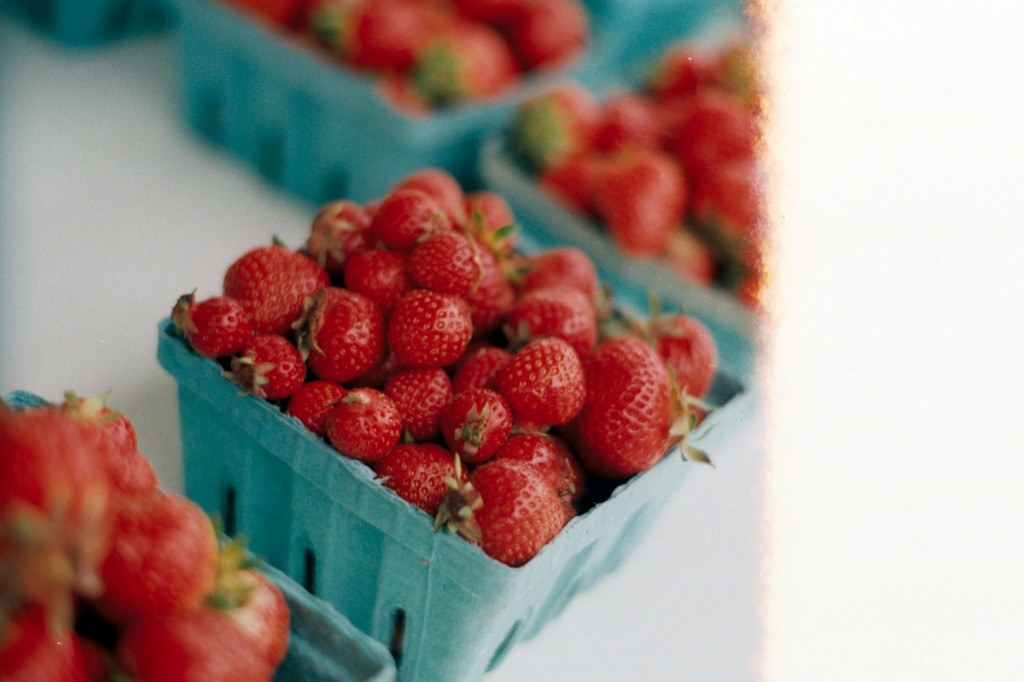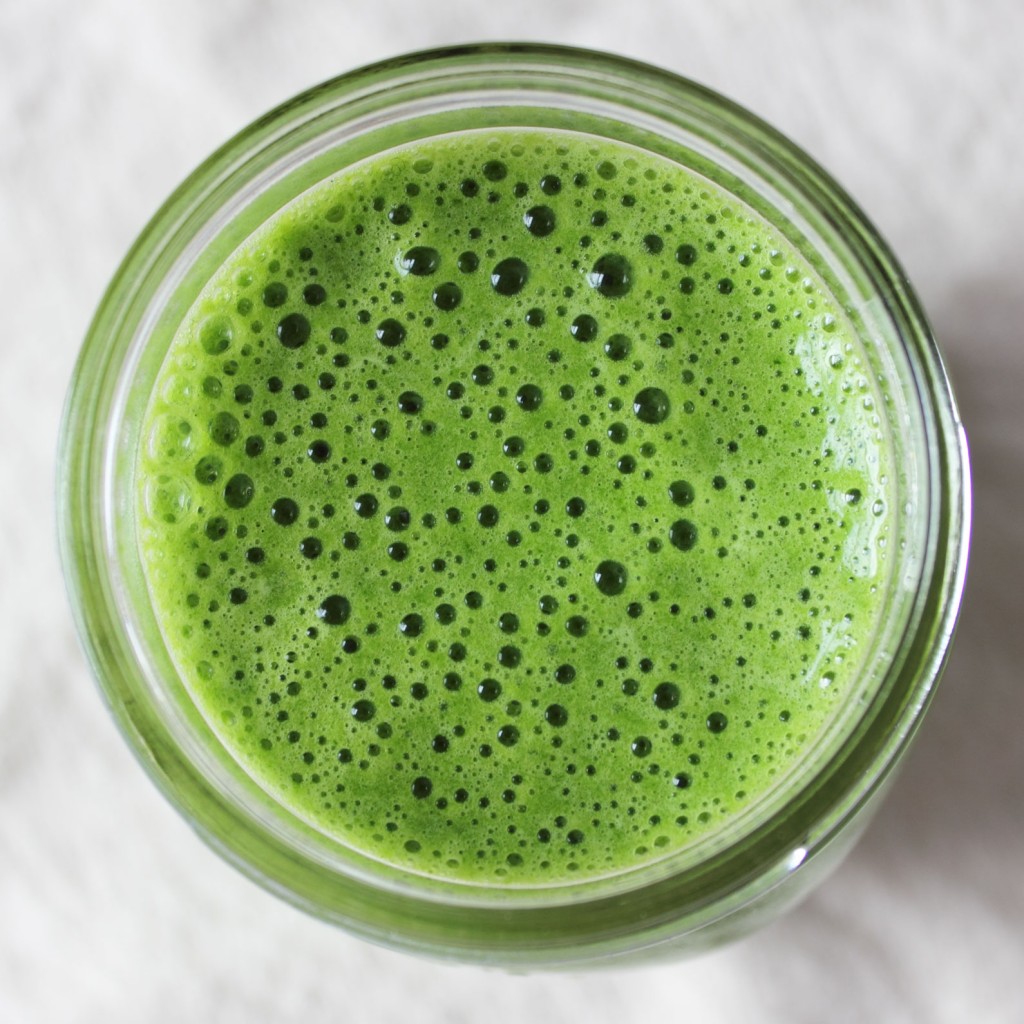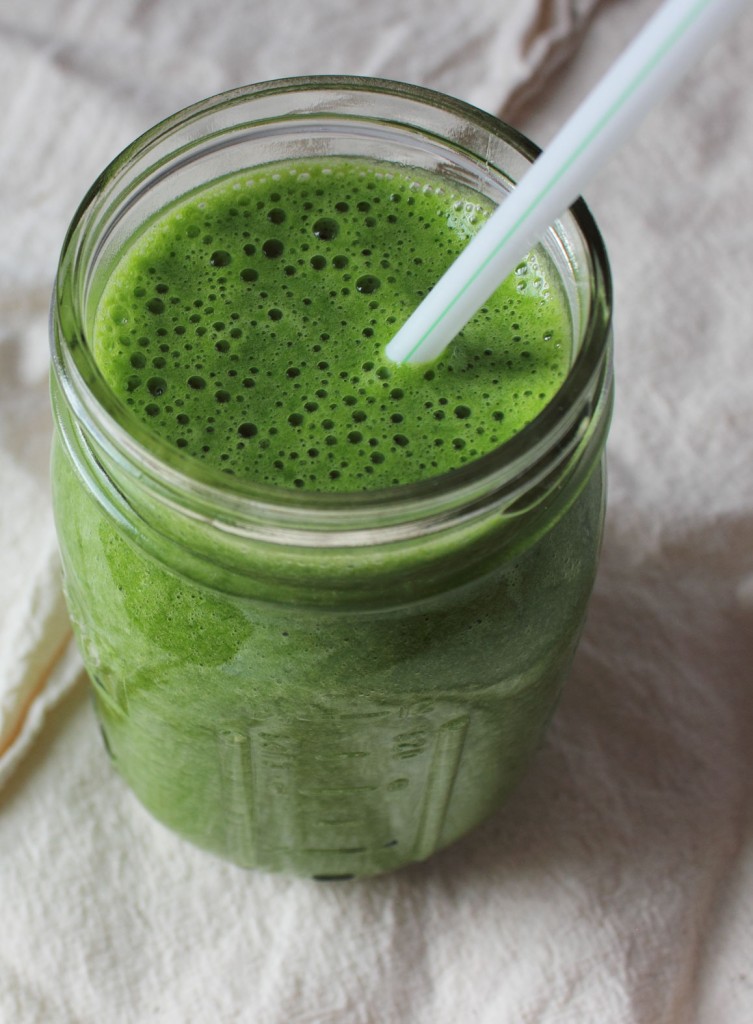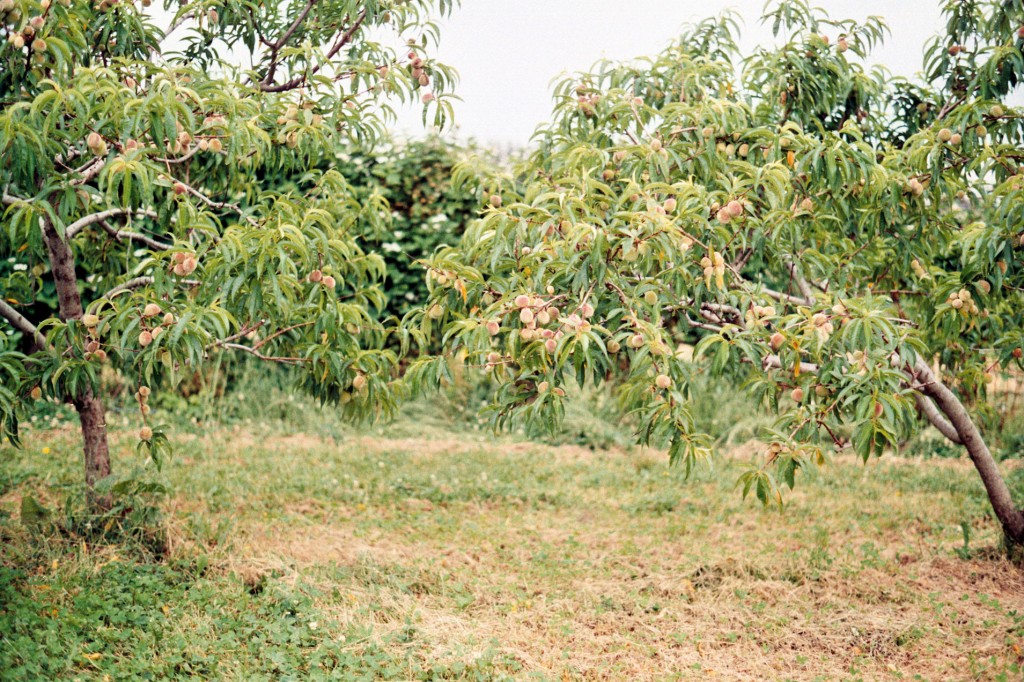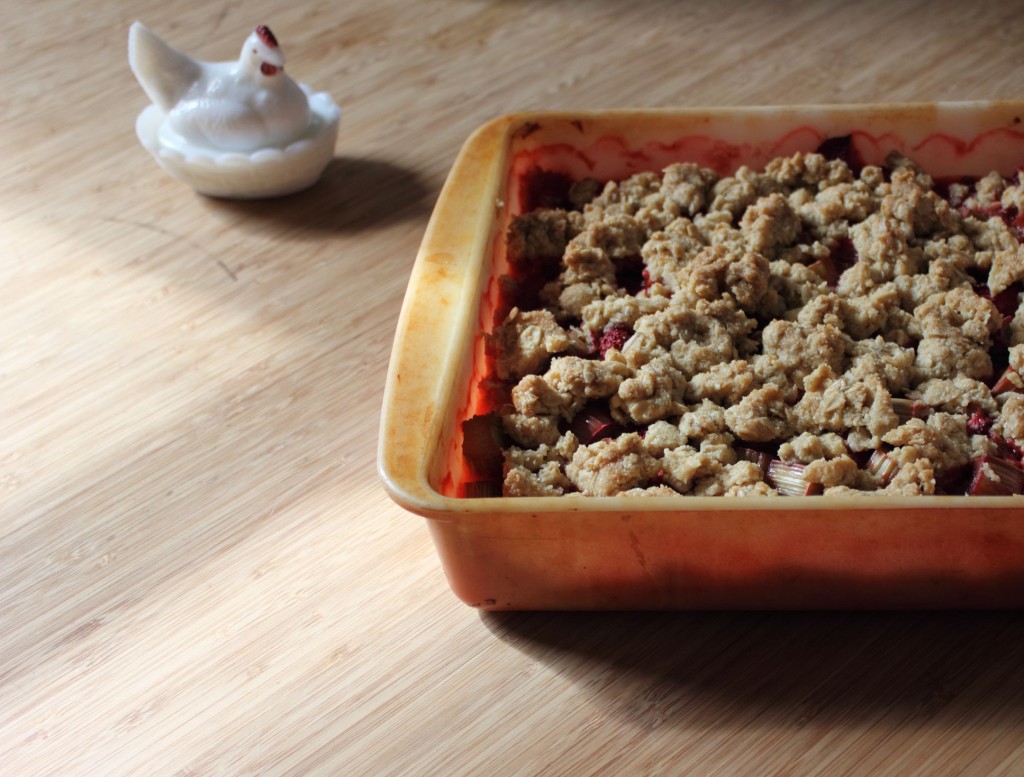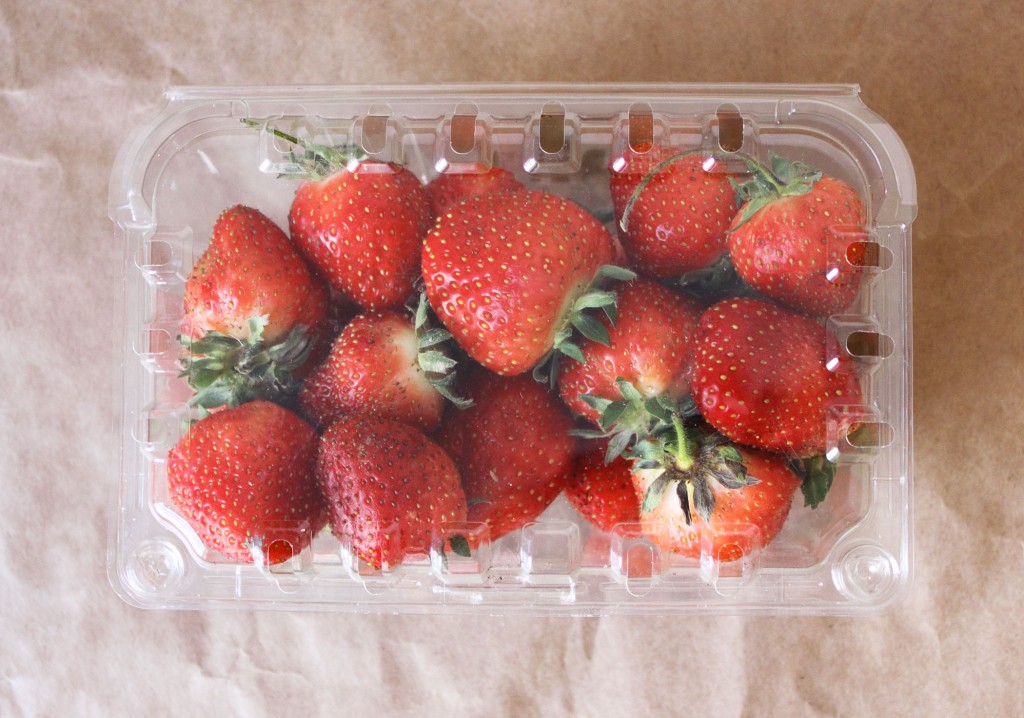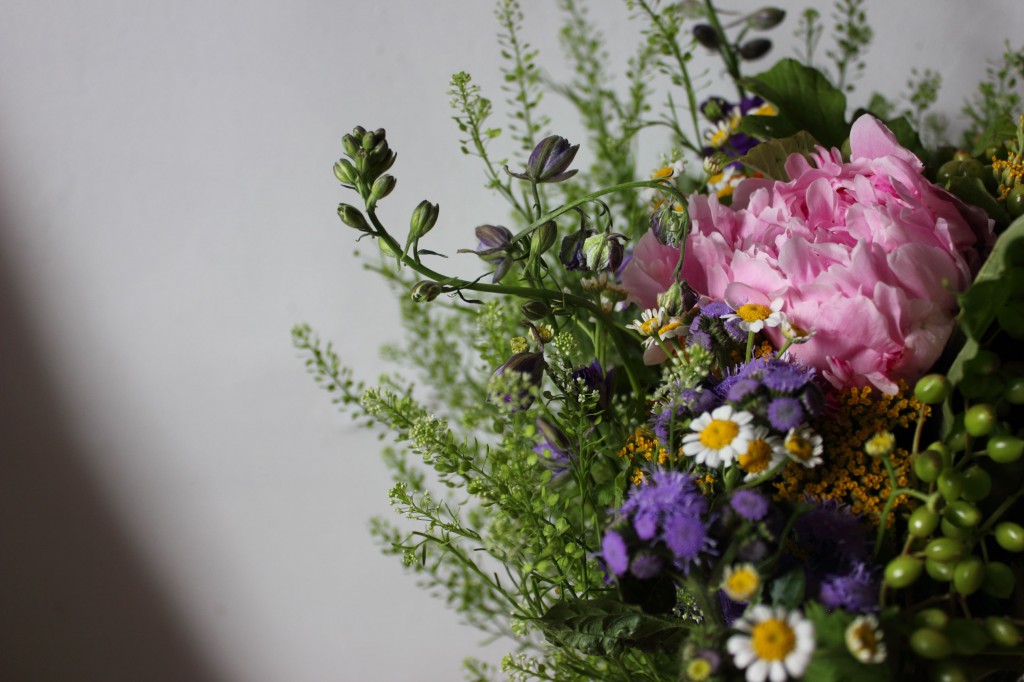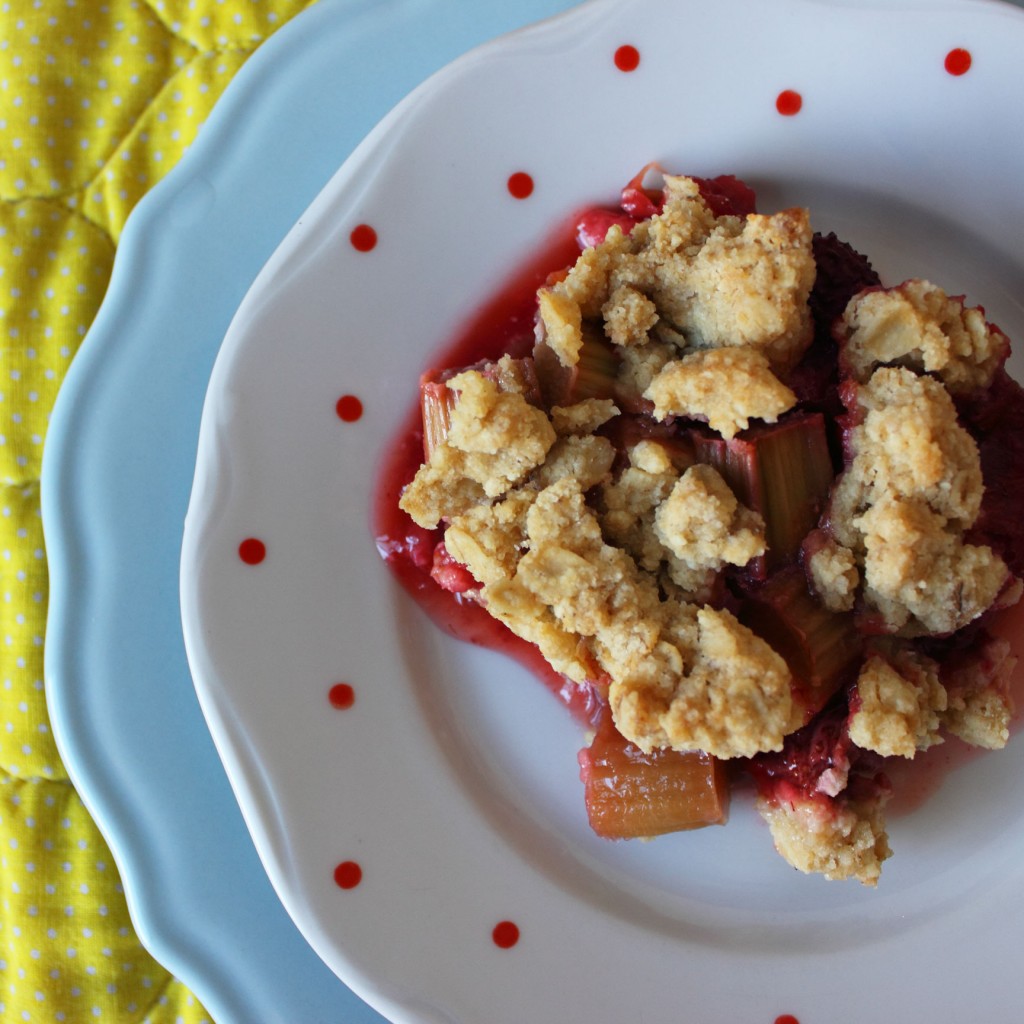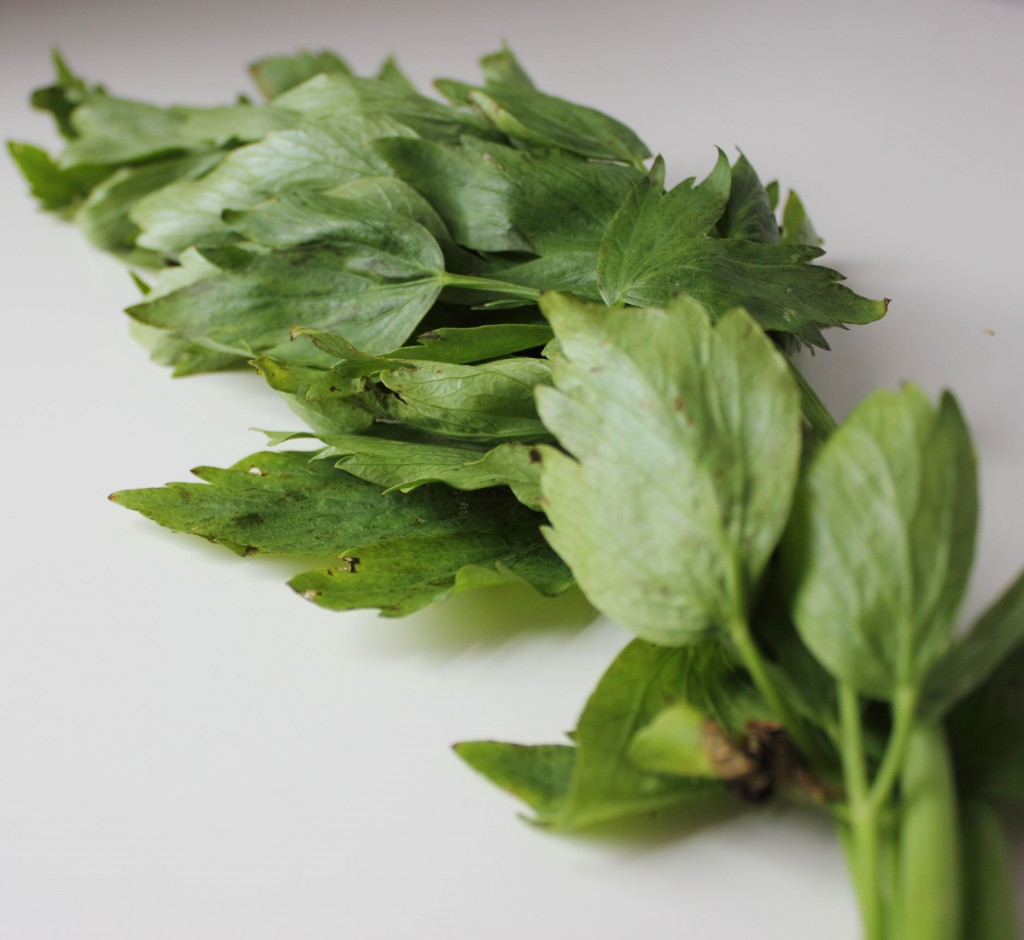I first ate chokecherries out of a shallow cardboard box in my friend Emily’s fridge. Usually, we shimmied uncooked hotdogs from the package and tore into the backyard, bound for the roof. It was see-through corrugated plastic, but there was a homemade ladder asking you to go right to it. We would pick scraggly carrots out of the garden, shake them off, and, swinging them by their green hair, climb up. We had a meal.
On the roof, we could see the land. High up enough to yell at the paperboy when he rode the street below us and scare the shit out of him good and proper, we were small, dangerous rulers. My mom had already told me not to eat hotdogs straight from the fridge, cold and floppy, after I had come home from Emily’s one day wanting to flaunt my newfound disregard for food safety. A girl who makes a point to eat her raw hotdog on a rickety roof is bound for glory.
When the chokecherries showed up, Emily told me that I didn’t want to eat them so I wanted to eat them slowly and enjoy them. She told me that they were from the wild, so I wanted to live off of them like a bear and never go inside at night. She tried to warn me, but how can a nine-year-old describe tannins? It was like eating a spoonful of cornstarch and I loved it. Everything left out to dry in the world—even all of Arizona—let out into my mouth when I bit that cherry. It was the type of strangeness that makes you wonder how much of it you can take.
After college, on my first grown-up work trip I drove up the Flathead Valley to Kalispell, Montana where Emily’s dad had filled that box with chokecherries. There’s a point on this drive, after the signs have been in Salish for a good while, when you nearly can’t breath for the beauty. It’s the sort of stuff that will have you believing, without question, that there’s someone up in the sky who made everything wonderful exactly for you.
My dad had a saying for that moment, when all of a sudden you round a corner or come over a hill and the whole goddamn world opens up and gives you something you know you don’t deserve—Munch, munch. I didn’t understand it when I was a kid and didn’t want to admit that I wasn’t in on the joke and ask what he meant, but I knew that it was good. All the sense that I can make of it now is that it was a challenge to one of Montanan’s favorite gripes about low wages and high cost of living: “You can’t eat the scenery.â€
Chokecherries grow just about everywhere, but Flathead cherries are a small miracle. Lining the banks of Flathead Lake, they’re hard to believe in a place known for snow. They hold out, battling the Washington crop to be the last harvest in the country and often getting their way, sometimes stretching their season into the last weeks of August. Driving back down the valley that day, charged with the simple and particular freedom that can come only from being in your early twenties and having someone else paying for your gas, I bought a paper bag of cherries from one of the roadside stands along the way. I ate with my free hand, spitting the pits out the window and leaving a trail of future cherry trees in my wake.
There’s something about a picnic, about making a point to eat in the presence of wonder. As if the stunning improbability of a cherry, or even a cold tube of meat, ought to be reflected in the place where you eat it and gratitude ought to be a movable feast—not Hemingway’s or god’s, but a feast that is quite literally ready to go where it is needed. As if the easiest way to be grateful for the world, is to eat in it.
{ 9 comments }


